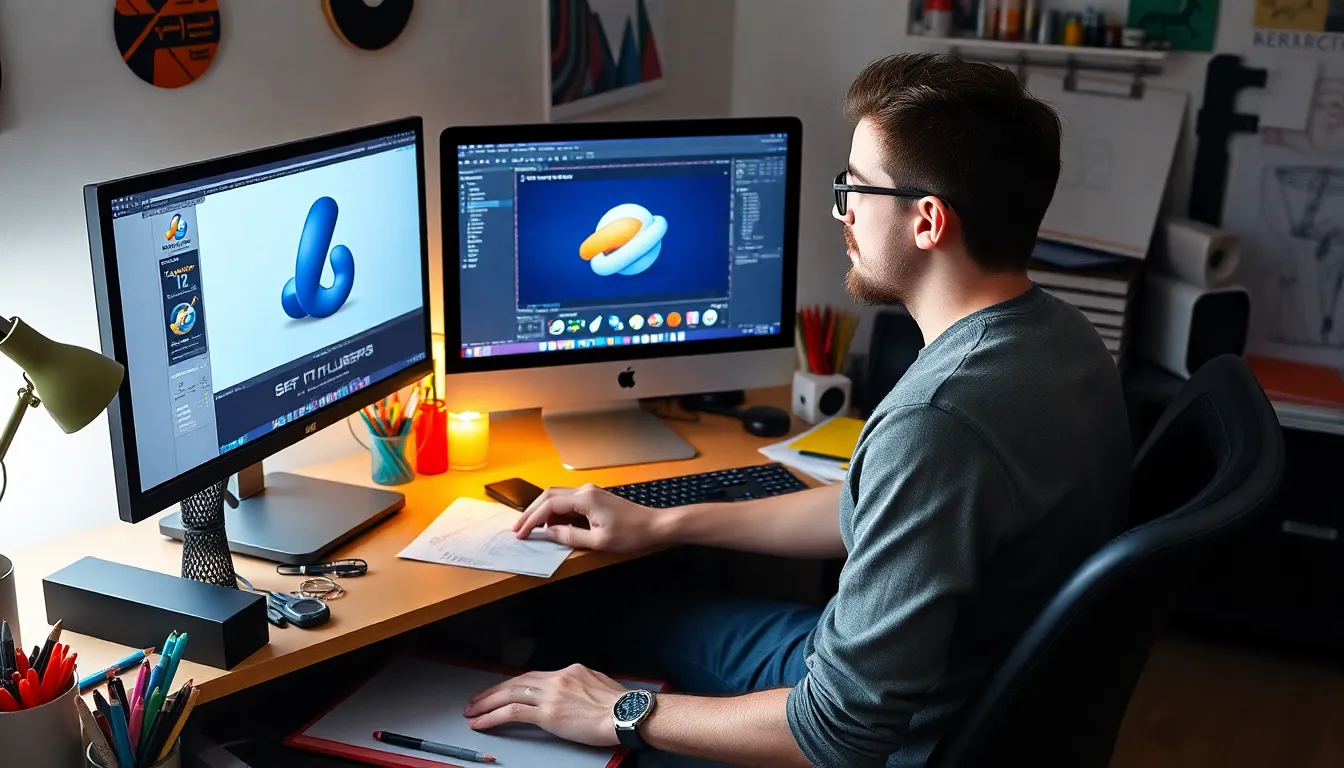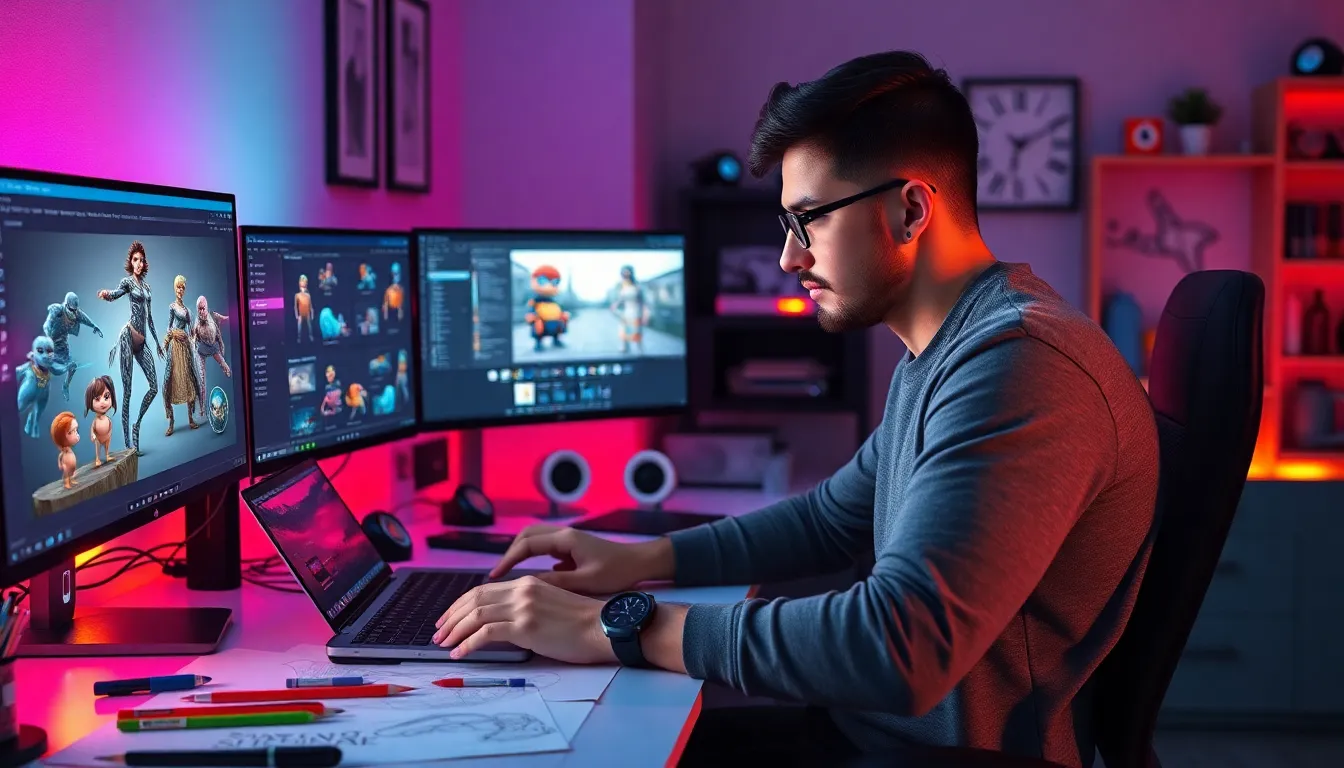In a world where creativity knows no bounds, Blender animations stand out as the secret sauce for turning wild ideas into stunning visual feasts. Whether it’s a quirky character dancing through a digital landscape or a jaw-dropping scene that leaves viewers in awe, Blender makes it all possible. Who knew that a free software could unlock the door to a realm where imagination runs wild and pixels come to life?
What Are Blender Animations?
Blender animations involve the process of creating moving visuals using Blender software. This software offers a range of tools for modeling, rigging, and animating, allowing artists to bring their ideas to life. Users can design intricate character movements, simulate realistic environments, or create abstract animations. Animation in Blender typically encompasses various techniques, such as keyframing and non-linear animation. Keyframing involves setting specific points in time to define motion or changes in properties. Non-linear animation allows for more complex sequences, enabling users to mix and match various actions seamlessly. Importantly, Blender supports multiple animation styles, including 2D animations and 3D animations. This versatility makes it suitable for different projects, from games to feature films. Users often utilize Blender’s graph editor to fine-tune animations, providing them with precise control over movements and transitions. Render settings in Blender also play a critical role in achieving visually stunning animations. Different rendering engines, like Eevee and Cycles, offer unique features, enhancing the final output quality. Many artists enjoy experimenting with lighting, textures, and camera angles to elevate their designs further. Learning Blender animations can lead to a plethora of opportunities in fields such as game development and visual effects. The community surrounding Blender contributes a wealth of tutorials and resources, making it easier for newcomers to start their animation journey. Accessibility and robust capabilities position Blender as a go-to solution for aspiring animators.Getting Started with Blender Animations

Downloading and Installing Blender
Begin by visiting the official Blender website. Users can find the latest version available for different operating systems, including Windows, macOS, and Linux. Downloading the installation file takes only a few moments. Once the download is complete, running the installer initiates the setup. Follow the prompt instructions to complete the installation process with ease. Successful installation grants access to all of Blender’s features, enabling users to start their animation projects immediately.Basic Interface Overview
Familiarity with Blender’s interface enhances efficiency. The main layout consists of several areas, including the 3D viewport, timeline, and properties panel. The 3D viewport displays the active scene, allowing for object manipulation and animation viewing. Meanwhile, the timeline enables users to manage keyframes effectively. Within the properties panel, users can adjust object settings and customize environments. Learning the functionality of these areas lays a solid foundation for creating engaging animations. Engaging with shortcuts streamlines the workflow, making navigation quicker and more intuitive.Creating Your First Animation
Creating an animation in Blender starts with setting up your scene effectively.Setting Up Your Scene
Decide on the elements needed for your animation. Choose 3D models or import assets from external sources. Position the camera to frame the desired shot. Light your scene using point lights, spotlights, or area lights for optimal visibility. Setting the background color or using an image can enhance the visual appeal. Adjust the grid overlay and axes to provide clear reference points within the 3D viewport. Establishing a well-organized scene paves the way for smooth animation.Keyframing Basics
Mastering keyframing is crucial for animators. Start by selecting the object to animate. PressI to insert keyframes for location, rotation, or scale at specific points in the timeline. Adjust the timeline markers to define when movements occur. Transition points create fluid motion between keyframes, ensuring animations appear natural. Use the graph editor to refine movement curves and transition speed. Beginners can experiment with simple animations like a bouncing ball to familiarize themselves with the process. Understanding keyframing opens up creative possibilities for dynamic animations.



